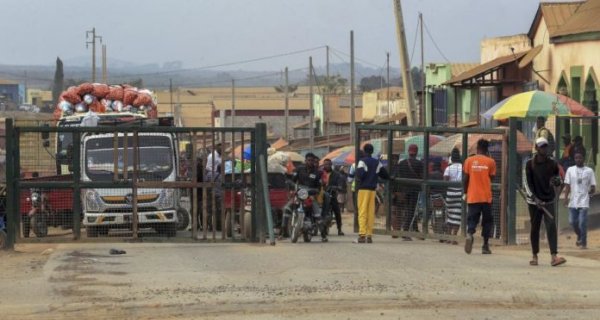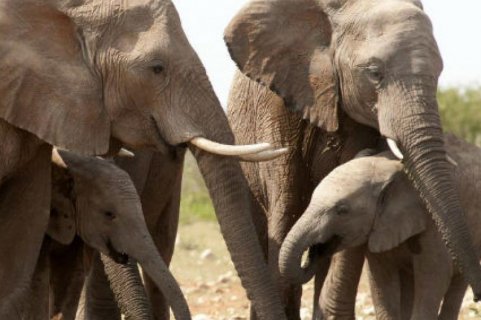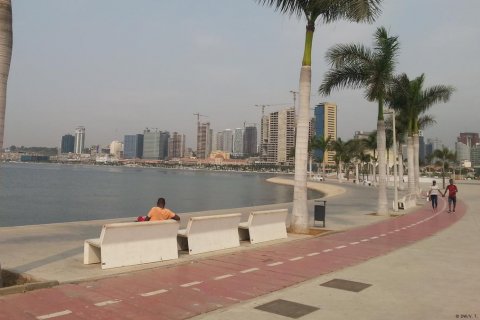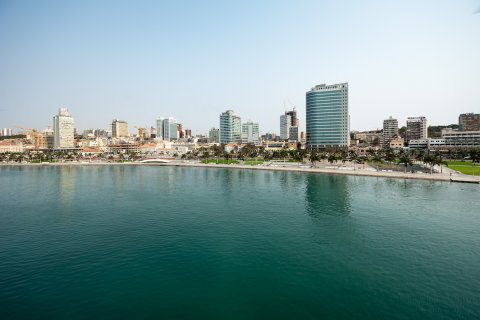“The Government of the Republic of Angola welcomes the lifting of the ban on the circulation and transit of loaded trucks, thus allowing the passage of trucks from Angola, both for imports and for goods in transit to the Angolan province of Cabinda”, said the Ministry of Foreign Affairs in a statement.
According to the same statement, the Congolese decision comes after the ‘démarches’ of the Minister of Foreign Affairs, Téte Atónio, who called the Congolese ambassador Kalala Mayiba Constantin to the ministry last week, “to express his deep displeasure at the inappropriate treatment of which Angolan truck drivers have been victims in the DR Congo, where there are also reports of violations of their rights”.
At the time, Téte António asked the Congolese authorities to take appropriate measures to put an end to the situation and resolve the disputes through existing mechanisms and respect for the legal instruments signed between the two countries, which share a vast land, sea and river border.
“With this measure, set out in a decree signed yesterday, Thursday, 3 October, in Kinsasha, by His Excellency Jean-Pierre Bemba Gombo, Minister of Transport and Communications and Deputy Prime Minister of the Democratic Republic of Congo, the Government of Angola considers that the Congolese side is beginning to show signs of respect for the legal instruments signed between the two countries, including the provisions contained in the Agreement on road transport”, the statement said.
According to the Association of Road Transport Operators of Angola, more than 400 Angolan trucks were held up in the Democratic Republic of Congo for more than fifteen days, having been prevented by the Congolese authorities from crossing the border into the Angolan province of Cabinda.
The Congolese press also reported on the talks between the Deputy Minister of Foreign Affairs of the Democratic Republic of Congo and the Angolan ambassador accredited in Kinshasa, referring to “incidents”, without specifying.
The province of Cabinda is separated from the rest of the national territory, bordered to the north by the Republic of Congo, to the east and south by the Democratic Republic of Congo and to the west by the Atlantic Ocean.







